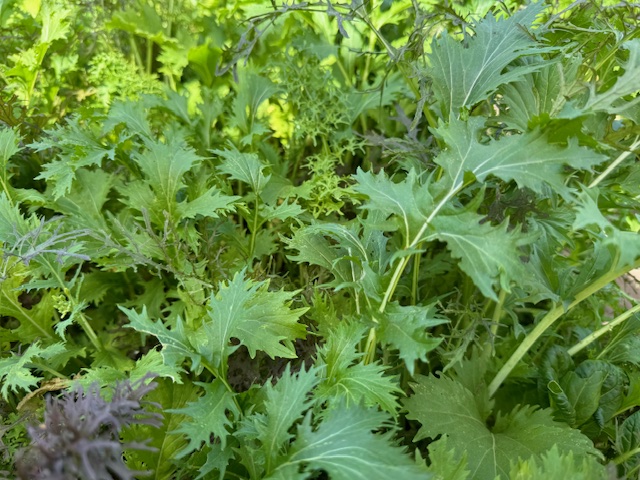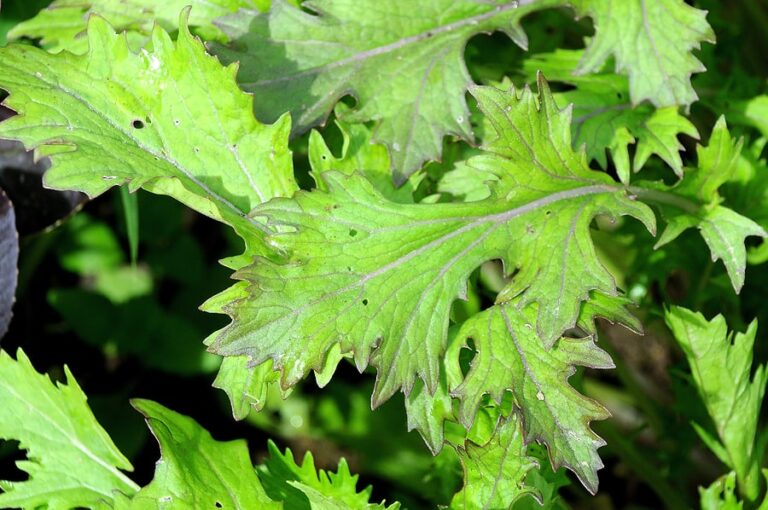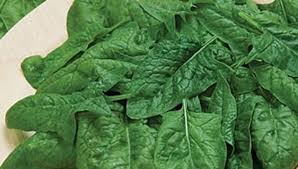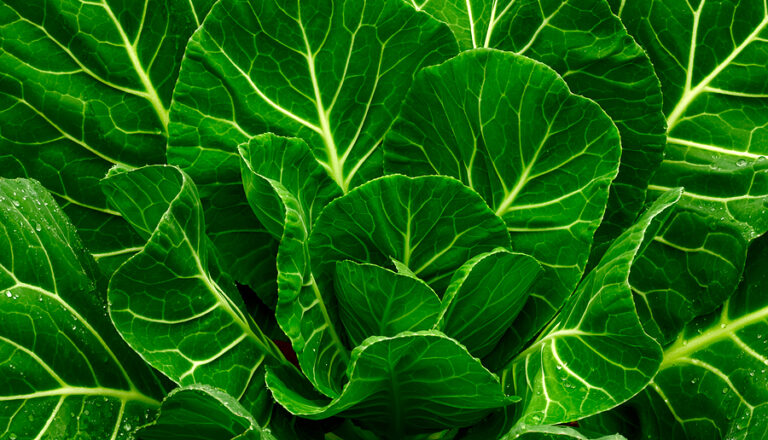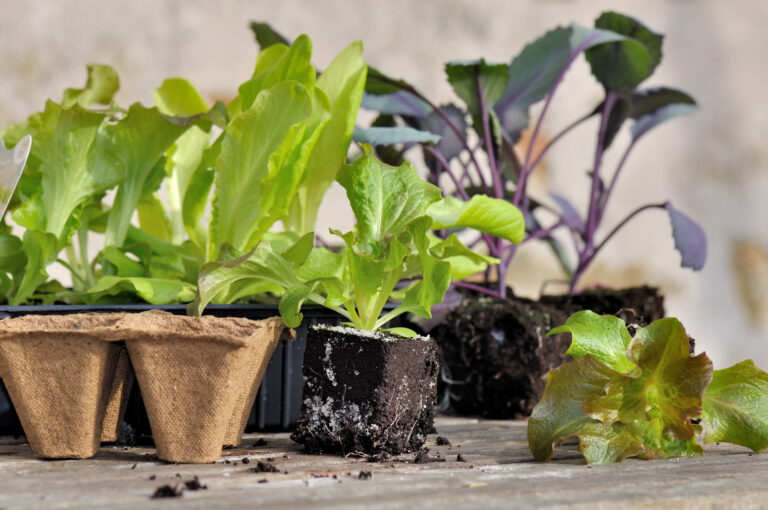Feeding Mustard Greens: Fertilizer Tips for Fast Growth
Over the years, I’ve learned that mustard greens grow best when the soil is consistently rich and well-fed. These leafy vegetables thrive on steady nutrition—too little, and they’ll grow thin and weak; too much, and you’ll end up with lush but bitter greens. Here’s my complete fertilizer guide for fast, healthy mustard greens.
Start with Rich Soil
- Work compost or aged manure into the soil before planting.
- Mustard greens are heavy feeders; a fertile start makes a big difference.
- Aim for soil rich in organic matter with good drainage.
Fertilizer Timing and Type
- At Planting: Mix in a balanced organic fertilizer (10-10-10 or similar).
- During Growth: Side-dress with compost or a nitrogen-rich fertilizer every 3–4 weeks.
- Container Plants: Feed with liquid fertilizer every 10–14 days since nutrients leach quickly.
Balancing Nitrogen for Leafy Growth
- Mustard greens need steady nitrogen for leafy production.
- Avoid overdoing it: too much nitrogen produces lush growth but less flavor.
- Organic sources like fish emulsion, alfalfa meal, or blood meal are great options.
Water + Fertilizer Connection
From my experience, mustard greens respond best when fertilizer is paired with consistent deep watering. Dry soil plus fertilizer can stress roots, leading to tough leaves.
My Experience Tip
In my Sonoma Valley garden, I always add a light compost mulch after feeding mustard greens. This not only conserves moisture but also helps nutrients release slowly for steady growth.
Mustard Greens Fertilizer Schedule
| Growth Stage | Timing | Fertilizer Type | How to Apply | My Experience Tip |
|---|---|---|---|---|
| Seedling Stage | At planting | Balanced organic fertilizer (e.g., 10-10-10) or compost | Mix into soil before sowing seeds | A fertile start helps quick germination and early growth. |
| Early Growth | 2–3 weeks after germination | Nitrogen-rich fertilizer (fish emulsion, alfalfa meal, or blood meal) | Side-dress or apply liquid feed | Keeps leaves tender and growing steadily. |
| Mid-Growth | Every 3–4 weeks | Compost or slow-release fertilizer | Side-dress around plants | A thin layer of compost mulch works best in my raised beds. |
| Container Plants | Every 10–14 days | Liquid fertilizer (balanced or nitrogen-focused) | Apply with watering | Containers leach nutrients fast—don’t skip this step. |
| Before Harvest | 1 week prior | Compost tea or diluted fish emulsion | Water at base | Gives a final boost for sweeter, tender leaves. |
Mustard Growing Hub
Start here: The Ultimate Mustard Growing Guide: From Seed to Harvest
Varieties & Types
- Best Mustard Green Varieties to Grow in Your Garden
- Plain Leaf vs. Curled Leaf Mustard Greens: What’s the Difference?
- Oriental Mustard Cabbage Explained: Green Stalk vs. White Stalk Varieties
- Flavor Profiles of Different Mustard Green Varieties
Planting & Growing
- When to Plant Mustard Greens by USDA Zone
- Mustard Greens Planting Calendar (Month-by-Month Guide)
- The Best Places to Plant Mustard Greens for Healthy Growth
- Proper Spacing for Mustard Greens: Garden and Container Tips
- Mustard Greens Companion Plants for Pest Control and Better Yields
- How to Grow Mustard Greens in Containers Step by Step
Care & Maintenance
- How to Water Mustard Greens for Tender Leaves
- Feeding Mustard Greens: Fertilizer Tips for Fast Growth
- Common Mustard Green Pests and Diseases and How to Control Them Naturally
- Easy Mustard Greens Care Guide for Beginners
Harvest & Serving

